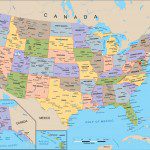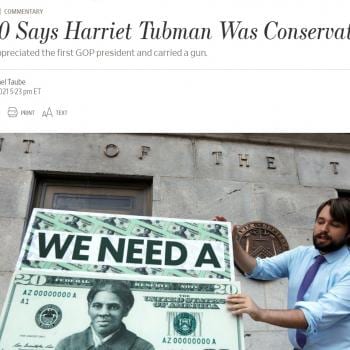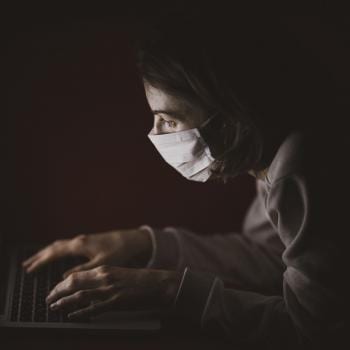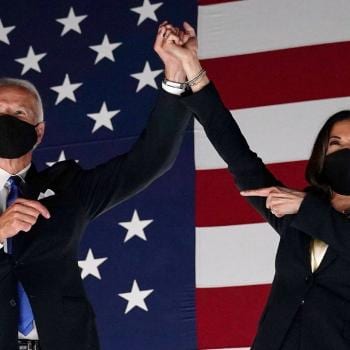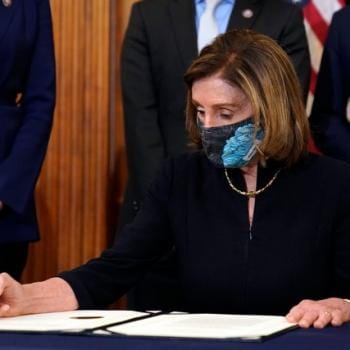Growing up, I attended NRA Youth Day shooting events. My family didn’t hunt, but the Second Amendment was very important to my conservative father. I never cared much for guns personally, but I did share my father’s conservative gun rights rhetoric. What I didn’t realize at the time is that gun rights are affected, in some sense, by race. I assumed every American had the right to keep and bear arms, and didn’t see the ways in which gun ownership can be a risky proposition for people of color. While I have become a strong proponent of gun control and no longer share my father’s affinity for the Second Amendment, following the Black Lives Matter movement has added depth to my understanding how gun rights are applied in practice.
This deaths of two black men killed this week at the hands of police—Philando Castile and Alton Sterling—have hit the news with a vengeance. In each situation, the man was armed. When we focus on “unarmed” men or women shot and killed by the police, we risk forgetting that regardless of our individual positions on gun control, we live in a country with fairly broad gun rights. Having a gun on your person should not be taken as reason to shoot. And ordinarily, it isn’t. The open carry demonstrations of the past few years have brought guns out into the open into stores like Target, and onto the streets. But those open cary demonstrators, as you may notice, tend to be white.
When police stopped Castile over a defunct tail light, in a St. Paul suburb, Castile announced upfront that he had a gun; his girlfriend added that he had a permit. Castile was trying to keep everything above board. The officer asked Castile to get his ID and registration out, and when Castile reached to do just that, the officer shot him. Castile lost consciousness while still strapped into the front seat of his vehicle, and was pronounced dead at the hospital. A heartbreaking cell phone video of the incident filmed by Castile’s girlfriend launched the incident to national attention, and the governor has made a public statement calling for a full investigation.
Sterling was selling CDs in Baton Rouge. According to a friend, Sterling had acquired a gun after learning that several other individuals in the area who were plying his same trade had been robbed. Sterling’s criminal record, which included jail time for domestic battery, likely made his gun ownership illegal, and he almost certainly did not have a concealed carry permit, but that’s not something cops could know beforehand. A homeless man placed a 911 call claiming Sterling had threatened him with a gun. Officers responding to the call ordered Sterling on the ground, and when he did not respond they tased and then tackled him. While he was on the ground straddled by a cop, one officer yelled that Sterling had a gun and the other shot Sterling at point-blank range. The officer then removed Sterling’s gun from his pocket.
This should all feel vaguely familiar. John Crawford III was shot to death in an Ohio Walmart in 2014. His crime? Carrying around a BB gun sold in that very store. Ohio is an open carry state. That means it is legal for people to publicly carry around firearms. And yet, a man called 911 and reported seeing a man carrying a gun around Walmart. The caller claimed Crawford was pointing it at people—a claim he later recanted. When officers arrived at the scene, they ordered Crawford, who was talking on the phone at the time, to drop his weapon—and then shot him forthwith without giving him an opportunity to actually put the gun down. This despite, again, the fact that open carry is legal in Ohio.
Or at least, apparently, open carry is legal for white people. After all, twelve-year-old Tamar Rice was also shot dead by police in Ohio, in his case for playing with an airsoft gun. In fact, some African American groups have begun actively urging parents not to let their black sons play with toy guns, for their own safety. Gun rights—including even the ability to safely play with toy guns—are in some sense racially coded. Just because a black man has the right to carry a gun does not mean he can safely do so.
We play a risky game with our country’s gun laws. If gun ownership were illegal, officers could confiscate any gun they found and detain and arrest anyone they found with a gun. Yet because our country has broad support for gun ownership and liberal gun laws, simply being possession in a gun is not a criminal offense and can’t be treated as such. Still, guns are deadly weapons, and cops know that. Most have heard stories of (or have personal experience with) police officers shot in the line of duty. It’s sadly unsurprising that some cops are trigger-happy around guns. Add to this that we live in a country where race colors perceptions and fuels leaps to judgement, a country where black men are perceived as dangerous in a way white men aren’t. That the result isn’t pretty shouldn’t shock anyone.
The NRA tends to stay out of cases where African Americans are shot by police, and has kept its distance from the Black Lives Matter movement. It’s not surprising, then, that the NRA has been silent on this week’s incidents, even though Castile’s shooting, at the very least, should be highly relevant to their activism. As a girl, I didn’t realize race played any role in gun rights. Yes, I was naive. I though the NRA stood for the rights of all gun owners, and I in turn embraced a sort of patriotic vision of universal self defense. Today I’m critical of both the NRA and the Second Amendment, but I still believe our rights should apply evenly and across the board. If they did, Castile would still be alive.

